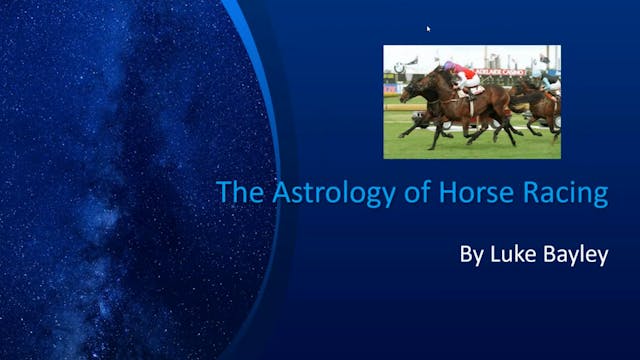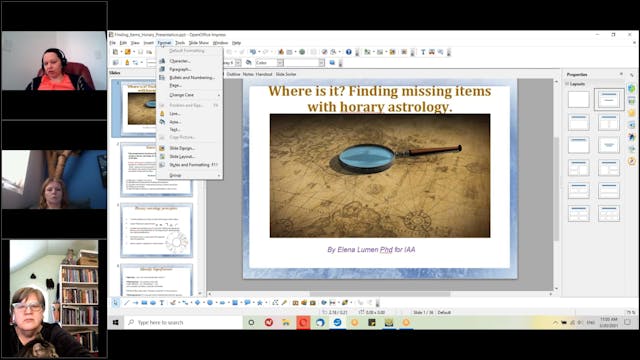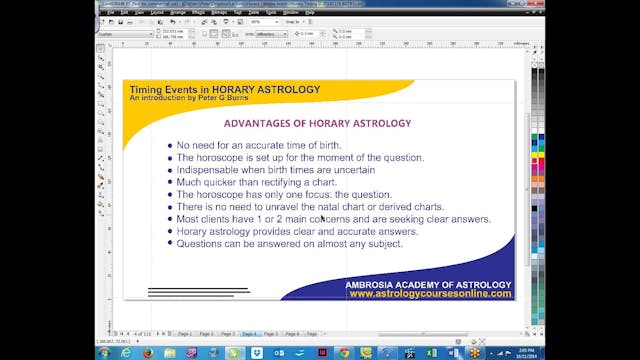Seven Essential Steps in Reading Horaries, with Joseph Polise
Horary and Electional Astrology
•
15-Nov-2015
Learning traditional horary astrology might have any student selecting the incorrect house to frame the question, or assuming a solid applying trine between planetary significators indicates "yes," when the answer is a simple "no." Planning your interpretive approach, and proceeding from well-selected chart points, is important in all chart work and allows you to see what "textbook rules" or other procedures work consistently, maybe, or not at all. This session identifies these through seven streamlined steps to focus on what the astrologer uses for dissecting any horary -- simple or complex.
Up Next in Horary and Electional Astrology
-
Picking Winners with Astrology: The A...
How many times have you been asked, “So can you tell me the Lotto Numbers?” This would have to one of the most misunderstood and propaganda-led public misconceptions of astrology that drives us all a little crazy.
What started out as an exercise to determine whether the planets have a physical e...
-
Where Is It? Horary Techniques to Fin...
Looking for missing items or people is one of the most complex but rewarding and practical uses of Western horary astrology. In this lecture, we will review horary techniques and secrets for looking for the missing items and people and look at a few case studies. This class is best suited for peo...
-
When Will It Happen? Timing Events Us...
Many questions put to the horary astrologer revolve around time: the moment of fulfilment. The client wants to know the answers to such questions as when their soul mate will appear in their life, when the cheque will arrive, and when is a good time to go on holiday. It is one thing to determine ...



